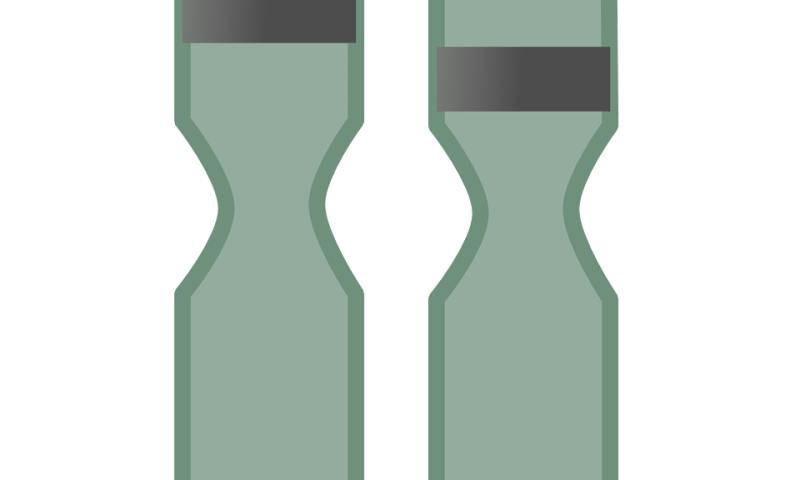New technique searches 'dark genome' for disease mutations

When doctors can't find a diagnosis for patient's disease, they turn to genetic detectives. Equipped with genomic sequencing technologies available for less than 10 years, these sleuths now routinely search through a patient's DNA looking for mutations responsible for mysterious diseases.
Despite many successes, the search still comes back empty more often than not. In fact, disease-causingmutationsare found in only about 1 in 3 to 4 patients suspected of having a strongly genetic condition.
A big reason why most investigations turn up empty-handed is the "darkgenome." Only 2 percent of thehuman genomeis well understood by scientists. This small fraction contains the 20,000 genes that encode instructions for making the cell's proteins. The remaining 98 percent—the "dark genome"—is largely a mystery. Although it's known that the dark, non-coding genome regulates genes—turning them on and off, for example—the details remain obscure.
As a consequence, sequencing data from the整个基因组“目前被认为是几乎无法解释的,says David Goldstein, PhD, the John E. Borne Professor of Medical and Surgical Research and Director of the Institute for Genomic Medicine at Columbia University Medical Center, and today's genetic detectives restrict their search for disease-causing mutations to the sliver of genome that contains protein-coding genes.
To help locate pathogenic mutations in the vast non-coding genome, Goldstein and his colleagues Ayal Gussow and Andrew Allen have developed a new technique called Orion. Orion is designed to flag regions of the non-coding genome that are likely to contain disease-causing genetic changes by identifying parts of the genome that are under selection in the human population.
"We anticipate that researchers will immediately start using Orion to help them findpathogenic mutationsin patients in which previous sequencing efforts were negative," says Dr. Goldstein. Details about the method were published online today inPLOS ONE.
Orion was developed by comparing the entire genomes of 1,662 people with one another and identifying stretches of DNA that vary little from person to person. Because these regions are "intolerant" to change, they are most likely doing something important, says Dr. Goldstein, lead author of the paper.
That means a mutation in an intolerantregionis more likely to cause disease than a mutation in a tolerant (read: less important) region. This prediction was confirmed when the researchers mapped the locations of previously identified non-coding mutations: more mutations fell within Orion's intolerant regions.
Previous methods to explore the non-coding genome focused on areas of the non-coding genome that have been retained in multiple species over evolutionary time, suggesting they, too, have an important function. However, this approach is not able to identify regions of the genome that have taken on important new functions in humans.
Orion isn't yet a finished product, Goldstein says. As more genomes are sequenced, the resolution of Orion's regions will improve dramatically.
"At that point, we are optimistic that Orion will constitute one helpful tool in the effort to identify variants throughout the genome that influence the risk of both rare and common diseases, says Dr. Goldstein.
更多的信息:Orion: Detecting Regions of the Human Non-Coding Genome,PLOS ONE(2017).




















